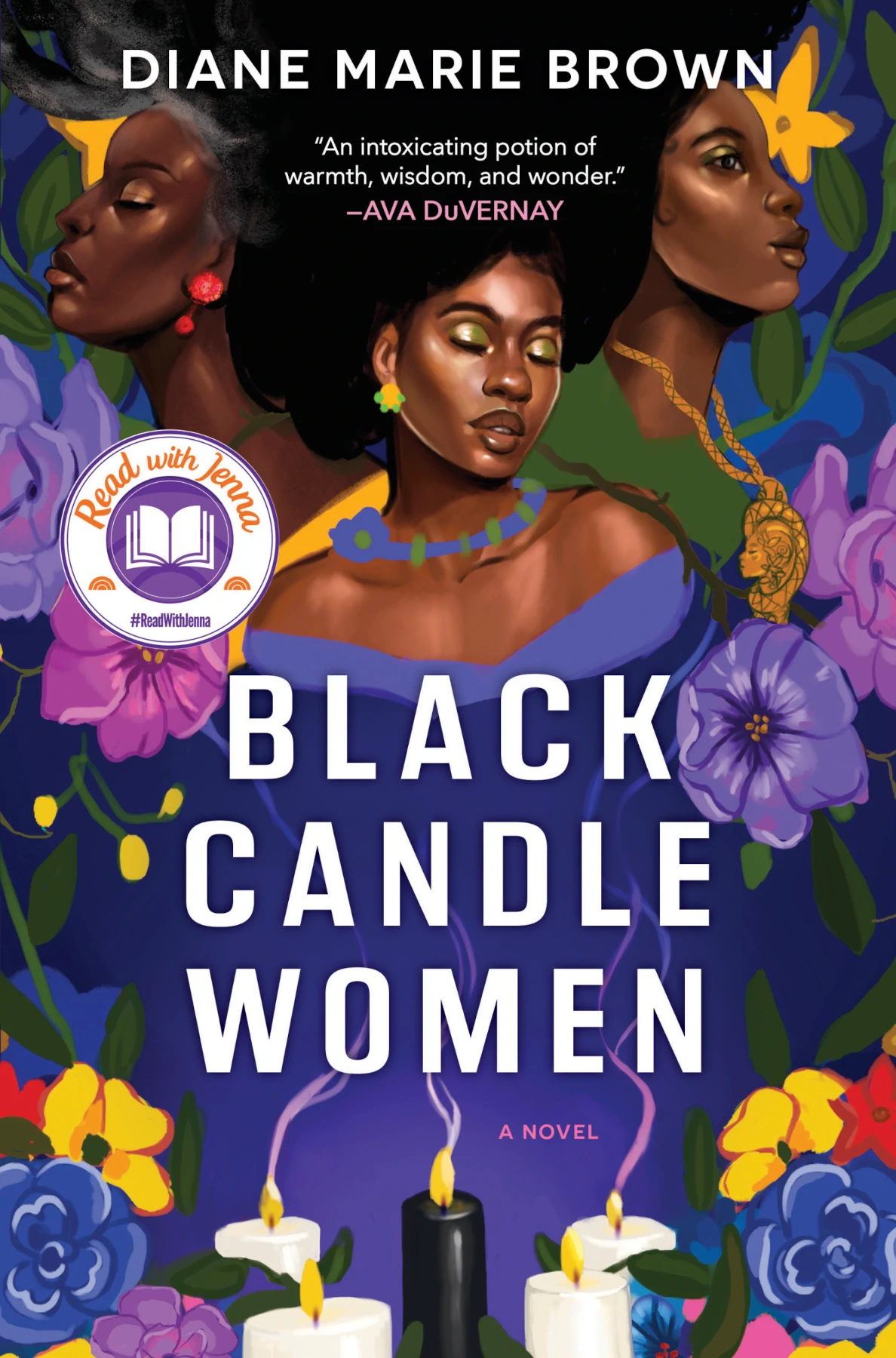
A Review of Black Candle Women by Diane Marie Brown
Words By Azalea Acevedo
Black Candle Women is a magical debut by Diane Marie Brown. Over 50 years ago, Augusta, affectionately called Nanagusta by her descendants, is cursed by her angry mentor, Bela Nova. Why? Well, that would be telling, but suffice to say the woman was angry enough to ensure anyone Augusta and her descendants fall in love with dies. Told from the perspectives of all the Montrose women, Augusta (the great grandma), her grandchildren Victoria and Willow, and Victoria’s daughter Nickie, the story switches between modern-day California and flashbacks to Nanagusta’s youth in New Orleans. When Nickie brings home a boy, blissfully unaware of the curse, she sets in motion a chain of events that reveals the secrets and lies cloaking the Montrose women.
Secrets play a key role in the story, as the thing that the Montrose women believe will protect them. Although Nickie is 17, Victoria never warns her about the curse or fully explains the place of hoodoo in the women’s lives. Willow practices hoodoo behind Victoria’s (“the chosen one”) back, slipping remedies to her sister’s clients to more directly fix their problems. She also brings their estranged mother, Madaleyn, to California, hoping to repair their relationship. Nanagusta perhaps holds the biggest secret of them all—one that, if revealed, would alter her family’s estimation, and perhaps love, for her. Although they are under a literal curse, secrecy and lies become another generational curse as the things that they keep from each other become another means of isolation.
There is a lot going on in this novel, which I found to be both a strength and a weakness. I loved the elements of family history and betrayal—each woman had their own story, which reveals them to be both different, yet similar in ways they would never guess. All long for companionship, but in doing so, become victims of the curse. This sets a pattern of inheritance that plays along nicely with the idea of curses and family history.
However, the use of multiple perspectives is also a weakness at some points of the story. In alternating so much between characters, it sometimes felt like pieces of each woman’s story were undeveloped. For example, Nickie’s boyfriend, Felix, still feels a little distant to me as a reader. While their relationship plays a prominent role in the book’s events, I did not feel like I saw Felix consistently enough to care too much about him by the point in the story where Nickie fears for his safety. Additionally, much of the past and present events are told in summary, especially Nanagusta’s point of view. As a result, some of her past does not create the impact that it could, especially in the earlier half of the story. Since Nanagusta in the past is vastly different from the great grandmother of the present, it would have been nice to see her more under those terms, especially as her character in the past is key to the curse being cast in the first place.
Overall, though, this was an imaginative, emotional story in which the love of family triumphs. All the women have their own issues, but together they are able to leave a new legacy: one in which isolation, both physical and metaphorical, is no longer allowed.